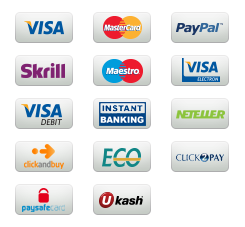Social, economic, or environmental injustice
Choose and describe a social, economic, or environmental injustice that you have an interest in addressing, such as abuse, social welfare, human rights, marginalized communities, neglect, or social policy. Provide a rationale for your choice.
Describe how the ethics and values, access, and cultural competence standards can be used to help address the social, economic, or environmental injustice through the use of technology.
Explain how technology can promote your efforts to reduce or eliminate the injustice.
Explain the benefits of using the technology standards to inform your work in an online environment.
Explain how to engage, assess, intervene, and evaluate practice (micro, mezzo, or macro) with individuals, families, groups, organizations, and/or communities while using technology to address an injustice.
Sample Answer
Addressing Digital Divide: An Injustice in the Digital Age
Rationale for Choice:
The digital divide, the gap between those with and without access to digital technologies and the internet, is a significant social and economic injustice. It disproportionately impacts marginalized communities, exacerbating existing inequalities in education, employment, healthcare, and civic engagement.
How Ethics, Values, Access, and Cultural Competence Standards Can Help:
-
Ethics and Values:
- Justice: Addressing the digital divide requires a commitment to social justice, ensuring equitable access to technology and its benefits for all members of society.

 Our orders are delivered strictly on time without delay
Our orders are delivered strictly on time without delay  Our orders are delivered strictly on time without delay
Our orders are delivered strictly on time without delay 


